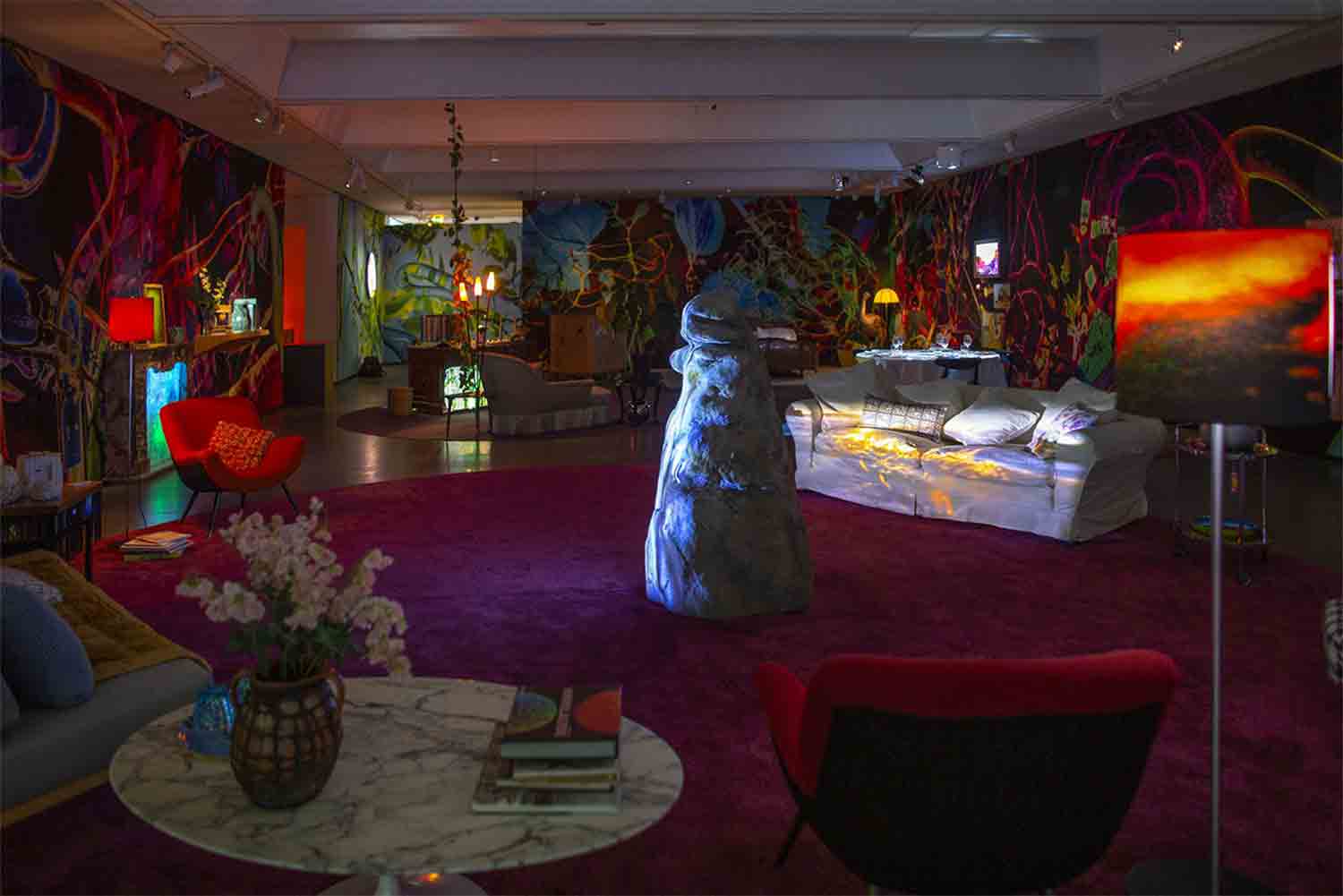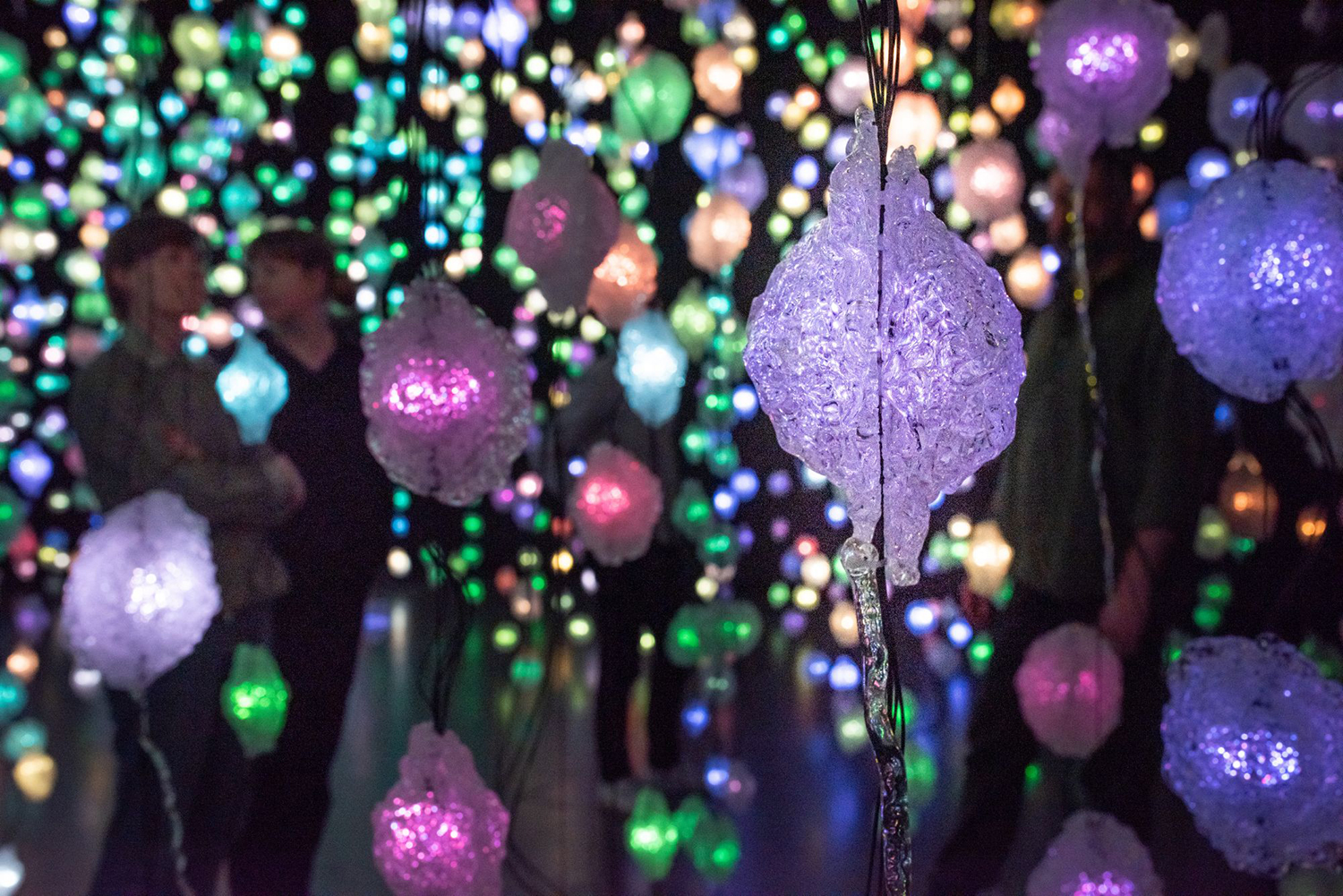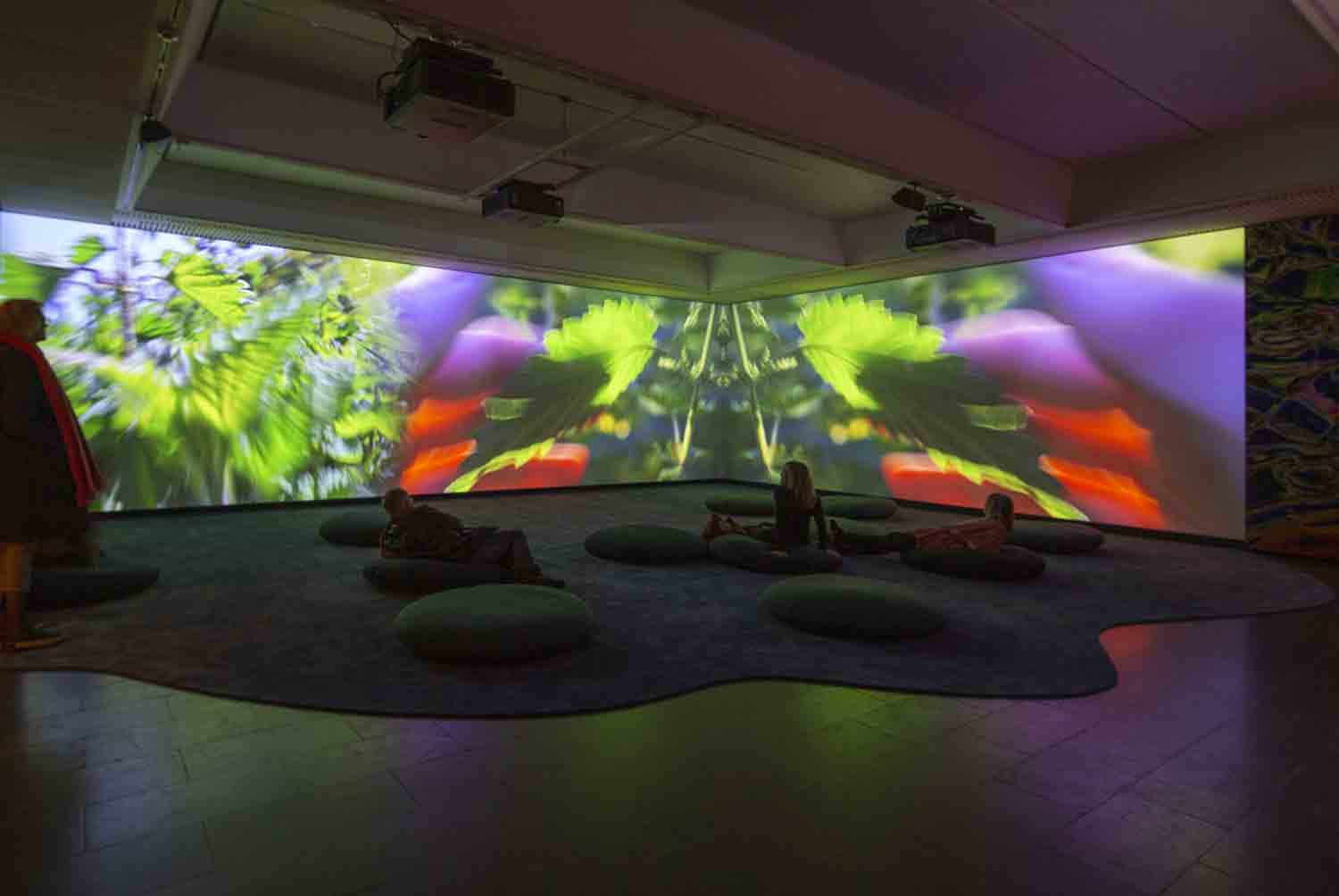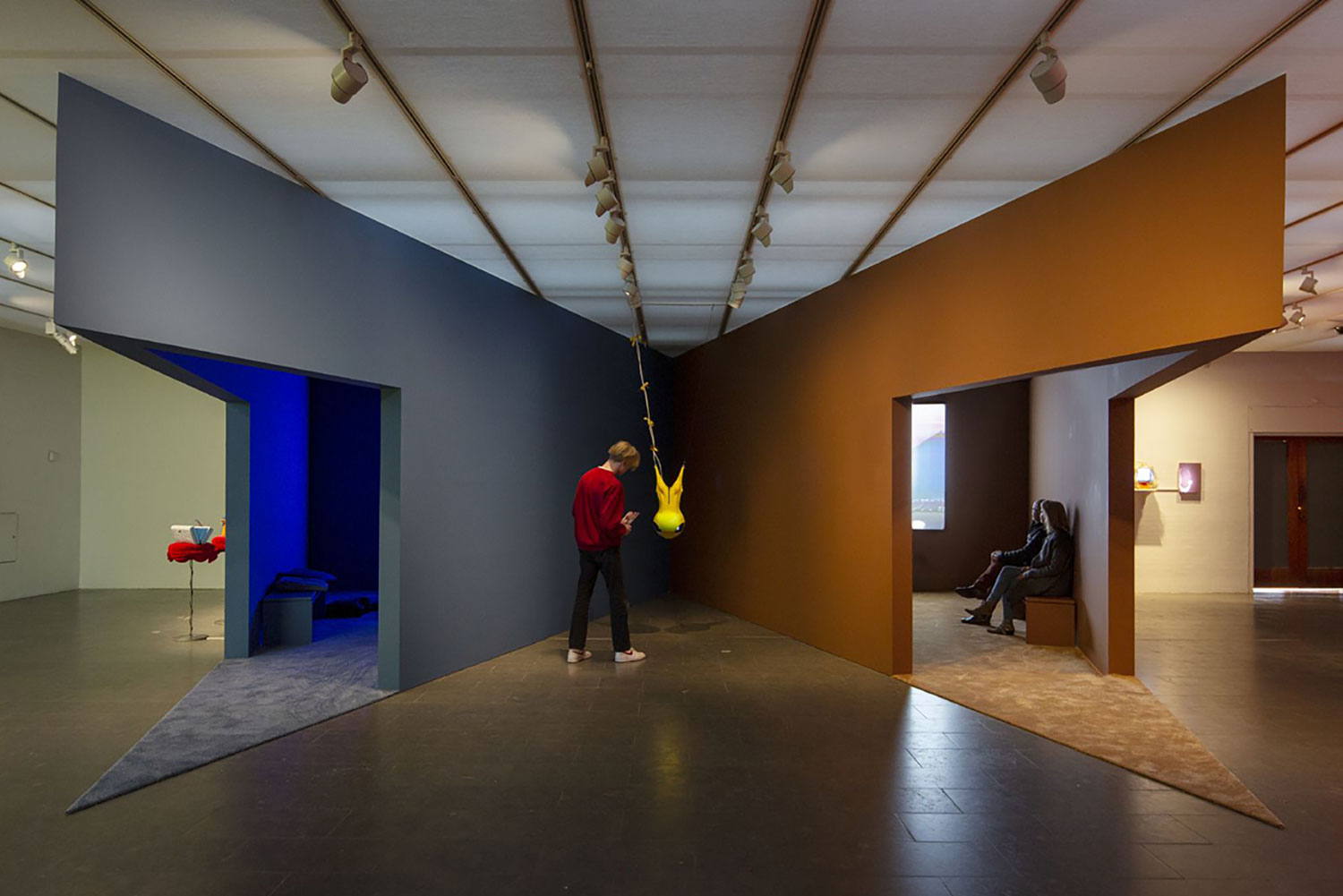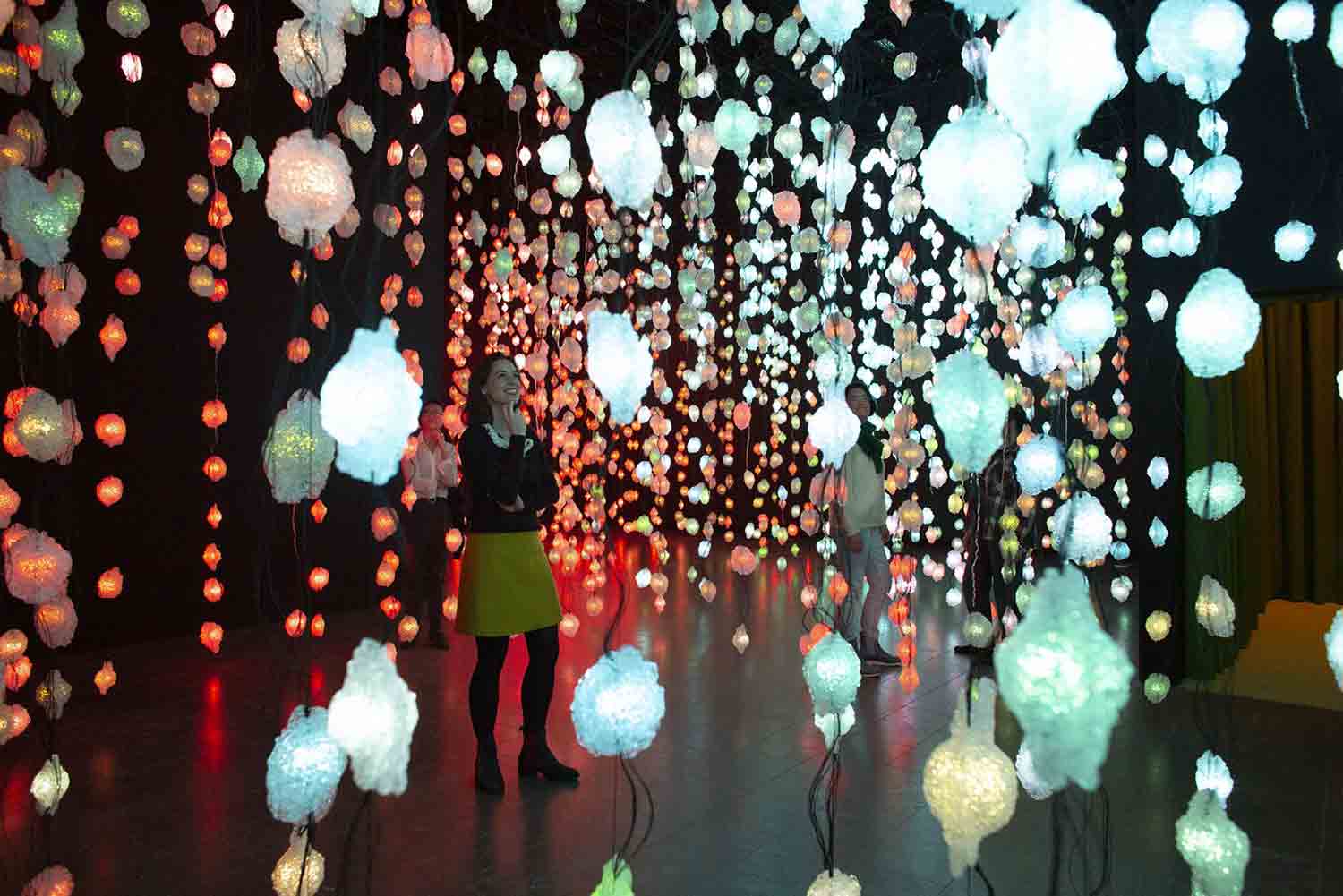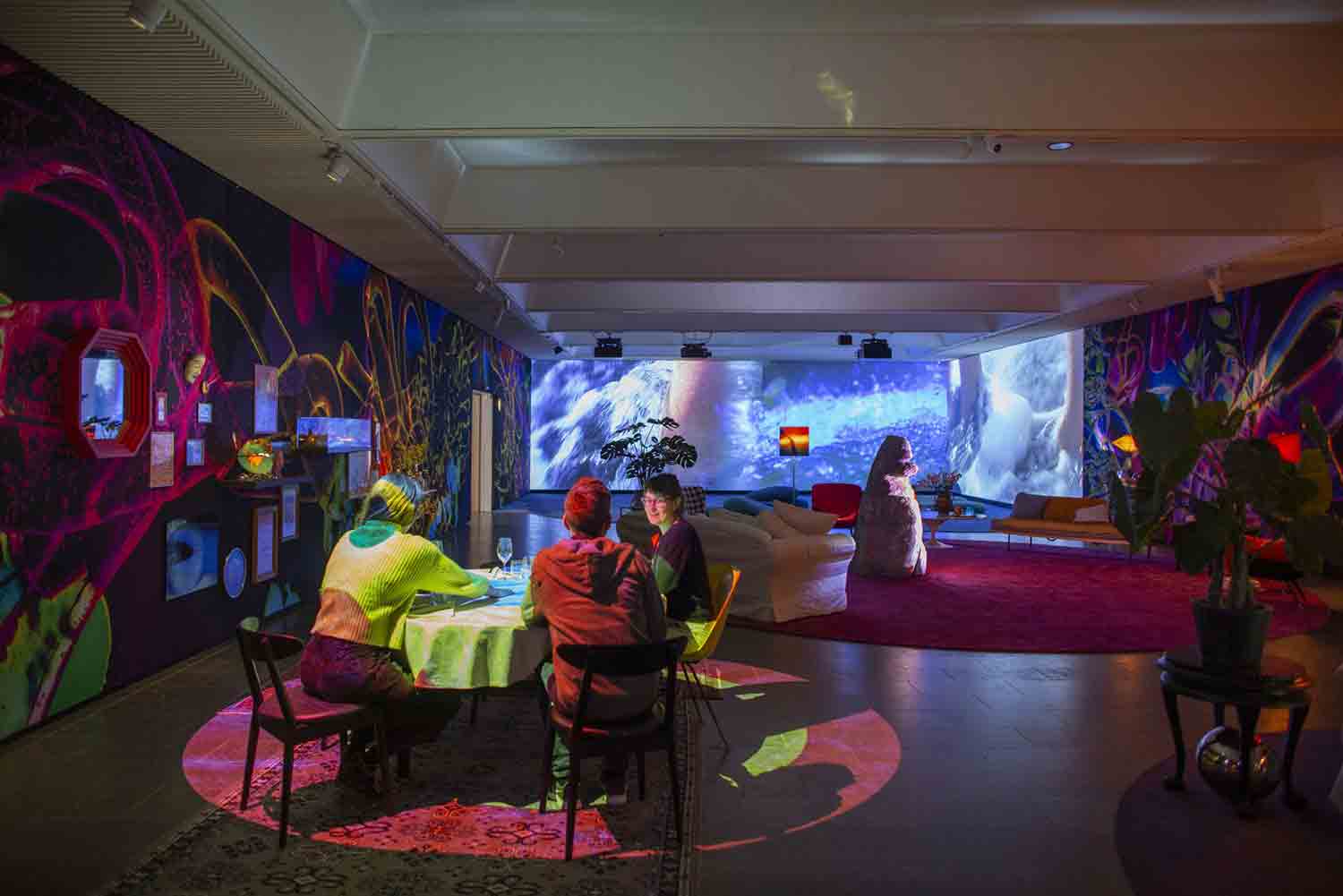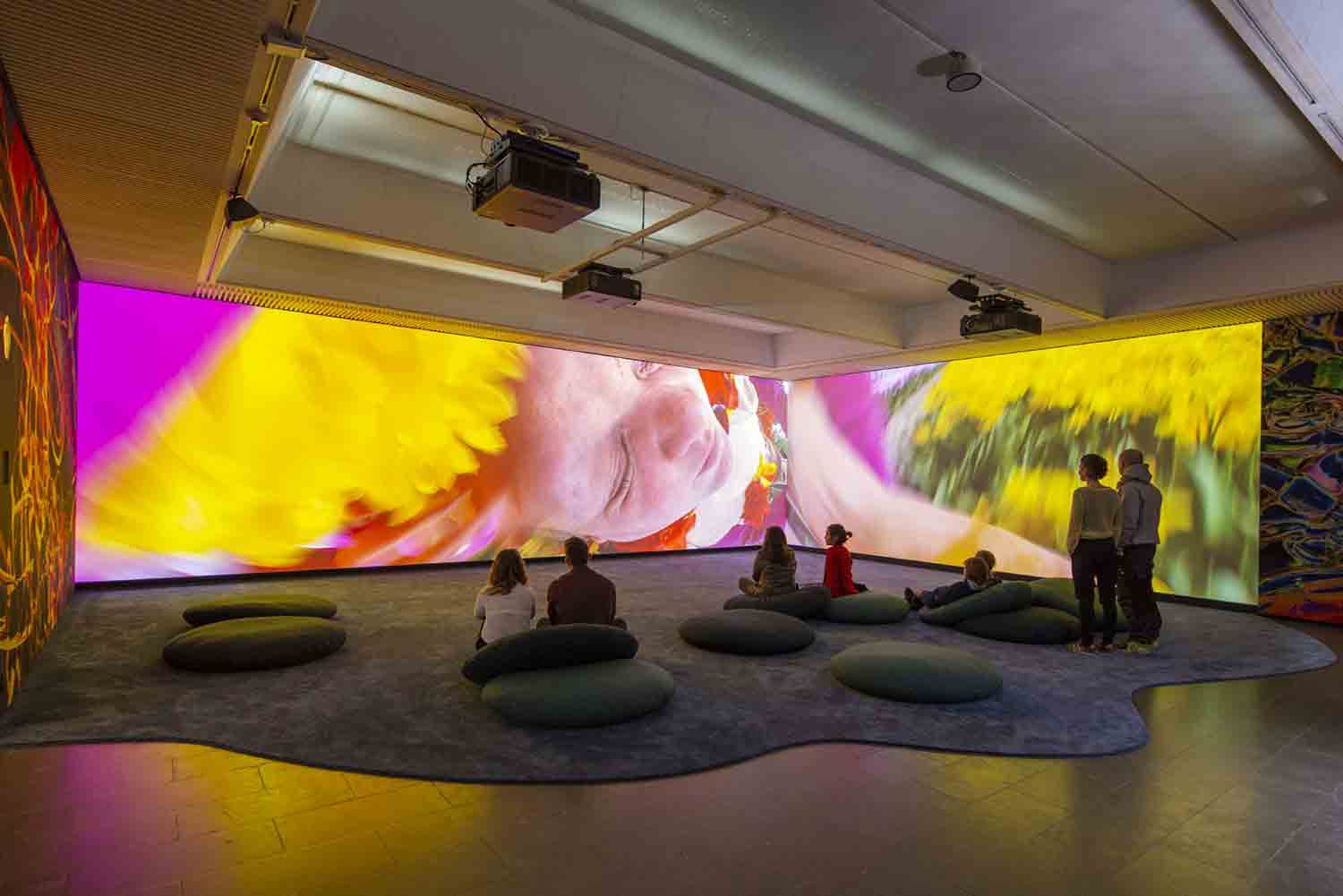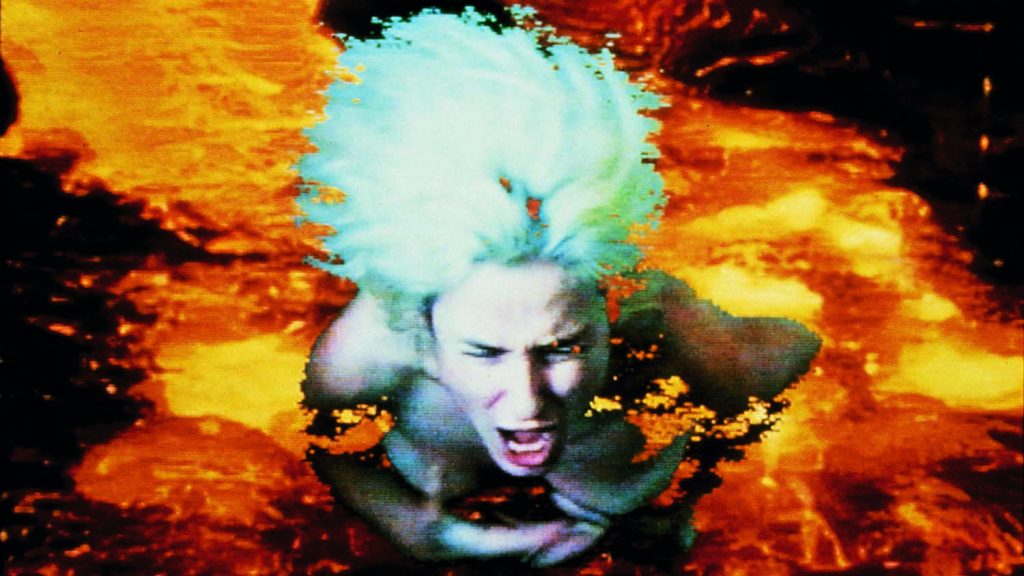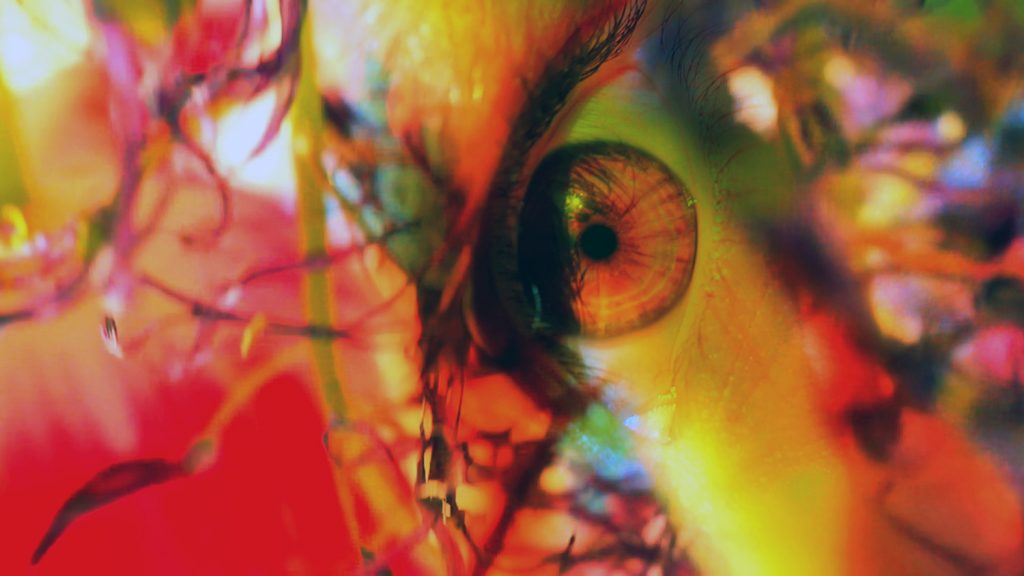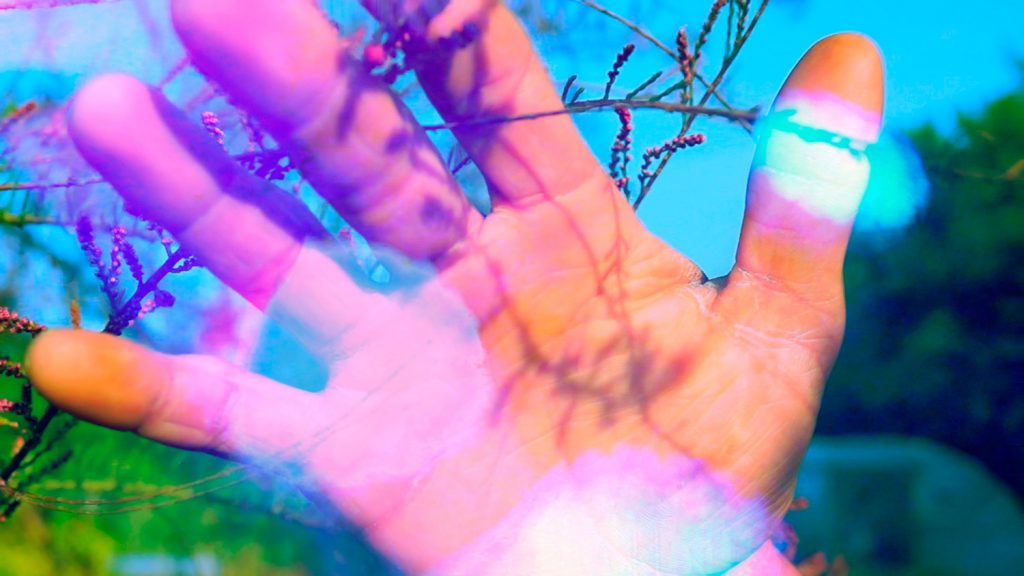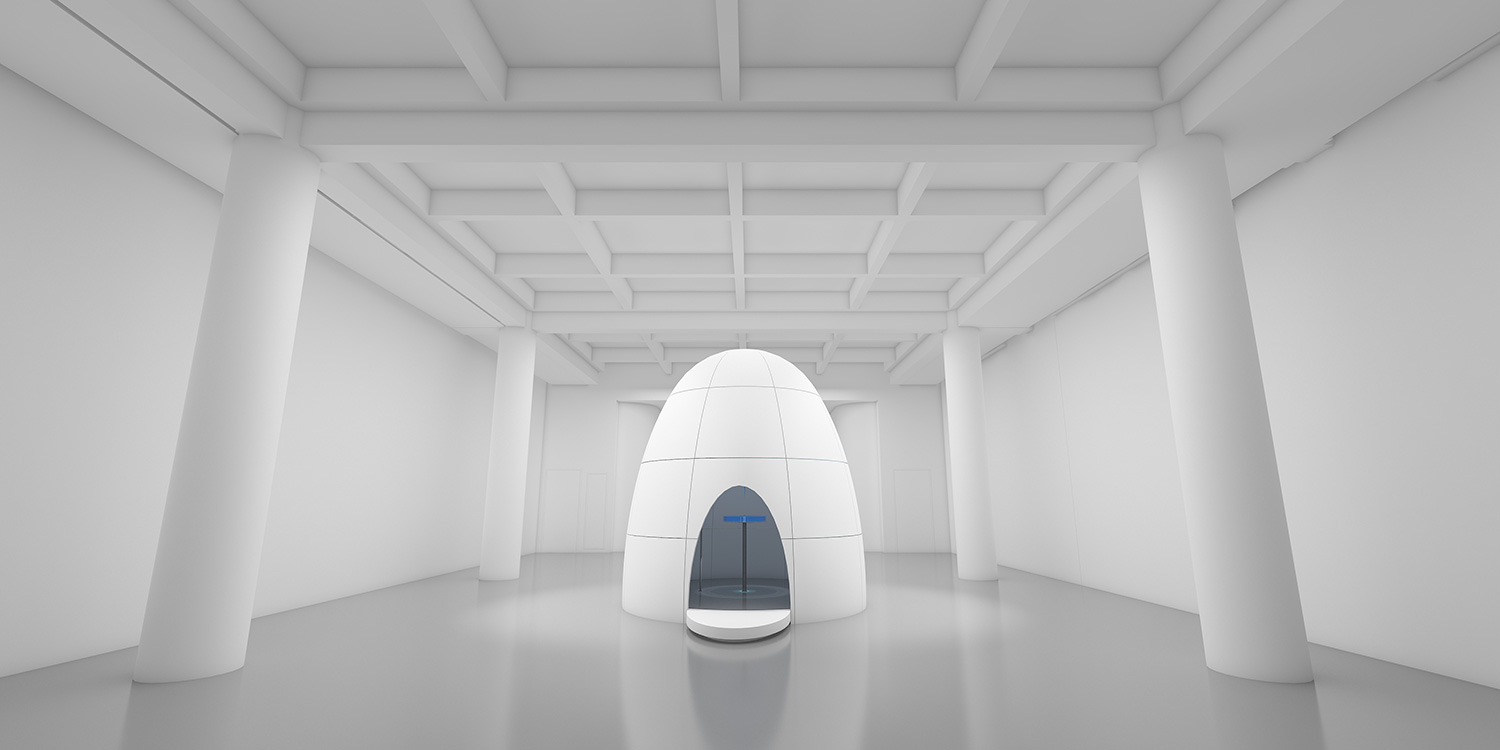Pipilotti Rist, Åbn min lysning (Open My Glade), 2017. Installation view at Louisiana Museum of Modern Art, Fredensborg, Denmark. © Pipilotti Rist.
Photography by Poul Buchard / Brøndum & Co. Courtesy the artist, Hauser & Wirth, Zürich and Luhring Augustine.
Pipilotti Rist, Åbn min lysning (Open My Glade), 2017. Installation view at Louisiana Museum of Modern Art, Fredensborg, Denmark. © Pipilotti Rist.
Photography by Poul Buchard / Brøndum & Co. Courtesy the artist, Hauser & Wirth, Zürich and Luhring Augustine.
Pipilotti Rist, Åbn min lysning (Open My Glade), 2017. Installation view at Louisiana Museum of Modern Art, Fredensborg, Denmark. © Pipilotti Rist.
Photography by Poul Buchard / Brøndum & Co. Courtesy the artist, Hauser & Wirth, Zürich and Luhring Augustine.
Pipilotti Rist, Åbn min lysning (Open My Glade), 2017. Installation view at Louisiana Museum of Modern Art, Fredensborg, Denmark. © Pipilotti Rist.
Photography by Poul Buchard / Brøndum & Co. Courtesy the artist, Hauser & Wirth, Zürich and Luhring Augustine.
Pipilotti Rist, Åbn min lysning (Open My Glade), 2017. Installation view at Louisiana Museum of Modern Art, Fredensborg, Denmark. © Pipilotti Rist.
Photography by Poul Buchard / Brøndum & Co. Courtesy the artist, Hauser & Wirth, Zürich and Luhring Augustine.
Pipilotti Rist, Åbn min lysning (Open My Glade), 2017. Installation view at Louisiana Museum of Modern Art, Fredensborg, Denmark. © Pipilotti Rist.
Photography by Poul Buchard / Brøndum & Co. Courtesy the artist, Hauser & Wirth, Zürich and Luhring Augustine.
Pipilotti Rist, Åbn min lysning (Open My Glade), 2017. Installation view at Louisiana Museum of Modern Art, Fredensborg, Denmark. © Pipilotti Rist.
Photography by Poul Buchard / Brøndum & Co. Courtesy the artist, Hauser & Wirth, Zürich and Luhring Augustine.
Pipilotti Rist, Åbn min lysning (Open My Glade), 2017. Installation view at Louisiana Museum of Modern Art, Fredensborg, Denmark. © Pipilotti Rist.
Photography by Poul Buchard / Brøndum & Co. Courtesy the artist, Hauser & Wirth, Zürich and Luhring Augustine.
Pipilotti Rist, Åbn min lysning (Open My Glade), 2017. Installation view at Louisiana Museum of Modern Art, Fredensborg, Denmark. © Pipilotti Rist.
Photography by Poul Buchard / Brøndum & Co. Courtesy the artist, Hauser & Wirth, Zürich and Luhring Augustine.
You may recall “Underwater Love,” the1997 track by Smoke City that featured subtle guitar lines, a constant drum beat, and rainforest samples. In the music video, front woman Nina Miranda emerges from sensuous waters while singing, “Follow me now / To a place you only dream of / Before I came along.” This same sentiment suits Pipilotti Rist’s retrospective at the Louisiana Museum of Modern Art in Humlebaek, Denmark, mounted three years after her large survey at the New Museum in New York.
Natural elements and primal emotions are the two poles of Rist’s kaleidoscopic multimedia universe, with color and music acting as binders. Since their breakthrough in the mid-1980s, her videos, sculptures, and installations have been characterized by saturated hues and catchy melodies that make them readily accessible and indebted to Pop at first glance. But underneath the vivid palette, behind her use of the Beatles and Chris Isaak, there runs a primitive energy imbued with a sense of critical surrealism. The exuberant display of female power in Ever Is Over All from 1997 embodies Rist’s charming and disquieting way of being midcult, which is still pertinent today— so much so that Beyoncé, two decades later, cited this work in her car-smashing music video for “Hold Up.”
Pipilotti Rist, Selbstlos im Lavabad (Selfless In The Bath Of Lava), 1994. Single-channel audio-video installation. LCD monitor set into the floor (video still)© Pipilotti Rist. Courtesy the artist, Hauser & Wirth, Zürich and Luhring Augustine.
Pipilotti Rist, Mercy Garden, 2014. Audio video installation with sound by Heinz Rohrer (video still)
© Pipilotti Rist. Courtesy the artist, Hauser & Wirth, Zürich and Luhring Augustine.
Pipilotti Rist, Mercy Garden Retour Retour (from the Mercy Work Family), 2014.
Multi-channel audio-video installation. Corner projection, carpet and pillows (video still),
Music by Heinz Rohrer
© Pipilotti Rist. Courtesy the artist, Hauser & Wirth, Zürich and Luhring Augustine.
Partially adopting the curatorial choices implemented at the New Museum, the display at Louisiana alternates large halls housing seductive multisensory installations — in which viewers become part of the work — with triangular cells that contain early single-channel videos. In this sense, even if the show is not laid out chronologically, it traces the aesthetic evolution of her practice. The process is one of dissolution, images existing unchained from the screen’s flat rectangular shape, becoming more dynamic in their composition and presence.
The 2016 installation Pixelwald (Motherboard) [Pixel Forest (Mutterplatte)] is the most interesting example of the immersive approach adopted by Rist from the 2000s onward. Here, the viewer is invited to literally enter inside the picture by moving around in a liana forest of feebly lighted LED crystals — in fact, the pixels of a giant digital image, only visible in its entirety from two hundred meters away.
Despite the undeniable fascination exerted on the senses by the “three-dimensional” Rist, her pulse still resides in her less spectacular works. In several of her lo-fi videos from the 1990s, her often-naked body is central, and is employed as a universal communication channel rather than an autobiographical element. Rist’s physiognomy is contourless — malleable and congenial to everyone in her audience. She is able to engage the viewer’s senses, emotions, and traumas without the aid of special effects.

